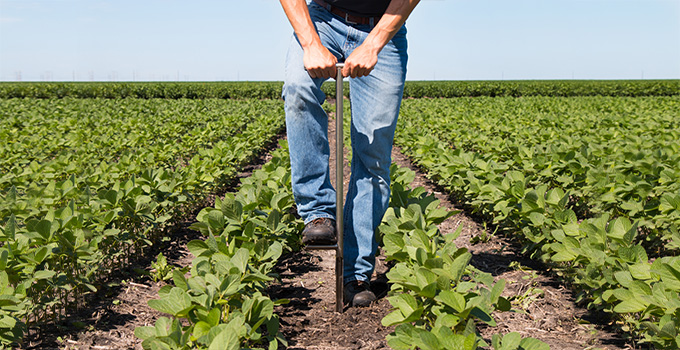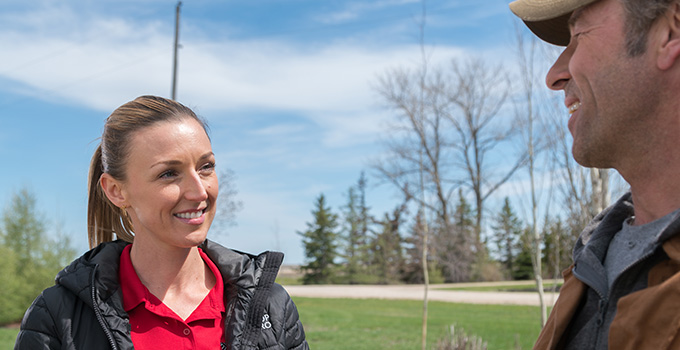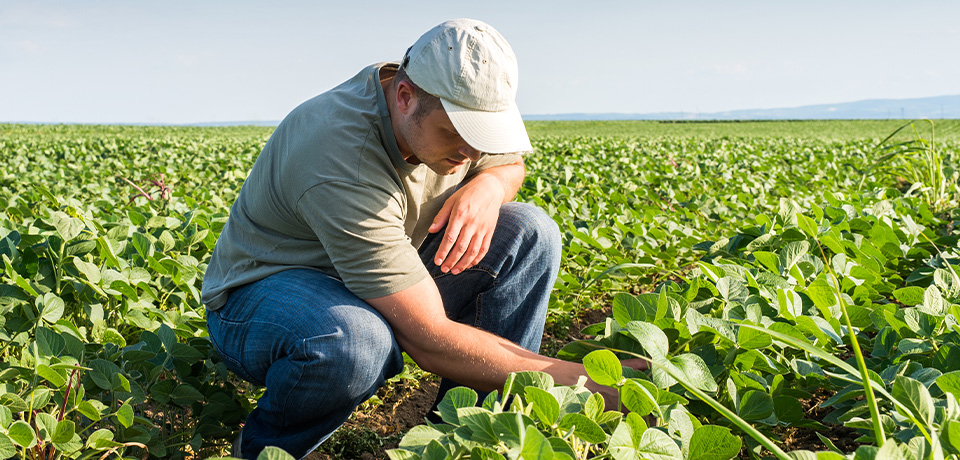When it comes to sustainable practices, how well do you think your farm is doing?
The truth is that you’re probably more sustainable than you think. Just consider the advancements made in the last decades, through trial and error, science and experience. Growers understand the importance of everything from basic practices, such as crop rotations, minimum tillage and economic thresholds, to the more advanced concepts of nutrient efficiency, biotechnology and precision and digital ag. Working in this industry, we’ve come a long way.

Small changes for greater impact
It’s possible, however, that you can still do some things to make your operation more agronomically sustainable. Many are small changes you can make today:
- Develop a nutrient-management plan based on a field-by-field or even zone-by-zone basis. Consider the soil type, organic matter, previous crop, potential nitrogen credits, yield goals, crop type and soil test results.
- Take a soil test. A soil test can help you determine the amount of nitrogen available and help you to tailor your application rates by field or zone, ensuring you apply the right amount of nitrogen to reach your yield goals while minimizing potential losses.
- Determine a nitrogen application time that reduces environmental losses. When nitrogen is applied to frozen soil or snow, it is very susceptible to loss as well as physical removal by runoff. In these situations, not only will the fertilizer no longer be available for the crop, but it can also have large environmental impacts, accumulating in creeks, rivers and lakes. When applying nitrogen in the fall, ensure it is done prior to soil freeze-up to allow time for the fertilizer to be incorporated into the soil through mechanical means or moisture, minimizing potential losses.
- Use an enhanced efficiency fertilizer. Fall application is also an opportunity to use one of the many enhanced efficiency fertilizers that help reduce nitrogen loss through volatilization or denitrification and limit the amount lost between application and crop uptake.
- Add a legume or pulse crop to your rotation. Legume species will capture or fix nitrogen from the air and return it to the soil for next year’s crop.
- Continue to minimize tillage. Using minimum tillage or direct seeding prevents wind and water erosion, which can transport nutrients from fields to watersheds.

Ready to get started?
Contact your local Co-op Grow Team member and ask for a free GROWN WITH PURPOSETM evaluation of your current farm practices. You can also email growteam@fcl.crs, and we’ll connect you with a member of our Co-op Grow Team who will have you and your farm on your way to becoming more sustainable.

